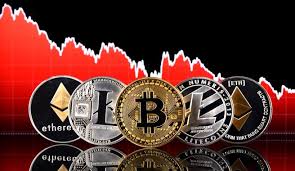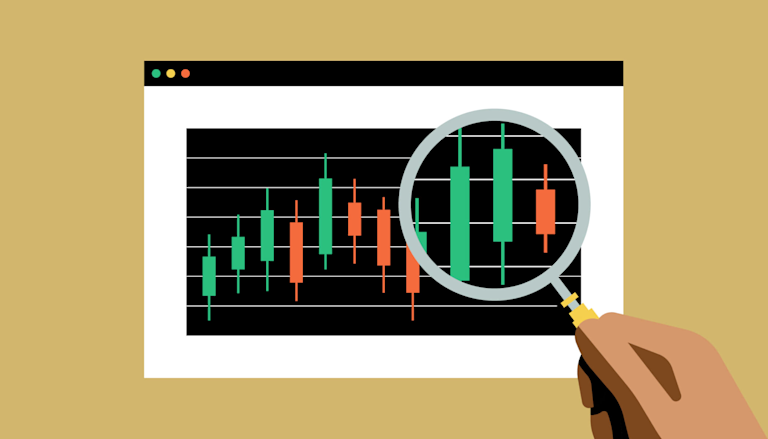
The Importance of Crypto Trading Volume Signal in Today’s Market
In the ever-evolving world of cryptocurrency, traders and investors are constantly searching for indicators that can give them an edge over the competition. One such crucial indicator is the Crypto Trading Volume Signal. This article delves into the significance of trading volume in the crypto market, how to interpret these signals, and the role they play in the decision-making process. For further exploration on related topics, visit this Crypto Trading Volume Signal https://www.freedomsphoenix.com/Forum/Add?EdNo=001&Type=News&Info=102791.
Understanding Crypto Trading Volume
Trading volume refers to the total quantity of a particular cryptocurrency that is traded over a specific period. It is a vital statistic for any market, including cryptocurrencies, as it provides insight into the level of interest and involvement in that specific asset. Higher trading volumes typically indicate greater liquidity, meaning that buying and selling can occur more seamlessly and with less price fluctuation.
Why is Trading Volume Important?
Trading volume holds several key implications for traders and investors:
- Market Sentiment: Volume can be a strong indicator of market sentiment. An increase in trading volume often accompanies a price movement, confirming the strength of a trend. Conversely, a decrease in volume may suggest a weakening trend.
- Liquidity: Assets with higher trading volumes are generally more liquid, meaning they can be bought and sold quickly without impacting the price significantly. This is crucial for traders who need to enter and exit positions rapidly.
- Trend Confirmation: When price movements are supported by high volume, the trend is more likely to continue. For instance, a breakout accompanied by significant volume enhances the likelihood that the breakout is genuine rather than a false signal.
Interpreting Volume Signals
To effectively use trading volume as a signal, traders need to analyze it in conjunction with price action. Here are some scenarios:
1. Price Increase with High Volume
This scenario often indicates a strong bullish market. The increased interest from buyers can drive prices higher, suggesting that the upward movement is likely sustainable.
2. Price Increase with Low Volume
A price increase that occurs on low volume may raise concerns. It could indicate that the trend lacks strength and may reverse soon, as fewer participants are involved in the upward movement.
3. Price Decrease with High Volume
When prices fall with significant volume, it often signals strong selling pressure. This can be a warning sign of a bearish trend that may continue.
4. Price Decrease with Low Volume
A price drop on low volume may indicate a lack of interest among sellers, suggesting that the downtrend might soon reverse, as the selling pressure may not be sustainable.
Volume Indicators

Several volume indicators can assist traders in making more informed decisions:
1. Volume Moving Average
This indicator smoothens volume data over a period, helping traders identify trends and shifts in interest over time. When current volume is above the moving average, it can signal increased interest.
2. On-Balance Volume (OBV)
OBV combines price and volume to provide insights on price trends. If the OBV rises while the price remains stagnant or decreases, it indicates that buying pressure is building, potentially leading to a price increase.
3. Accumulation/Distribution Line
This indicator shows the relationship between price and volume, providing a visual cue for whether a stock is being accumulated or distributed by investors. Rising A/D lines while prices are falling can signal a potential price reversal.
Practical Applications of Volume in Trading Strategies
Incorporating trading volume analyses into your trading strategy can enhance decision-making processes:
1. Entry and Exit Points
Understanding volume trends can help traders determine optimal entry and exit points. For instance, high volume at a support level may indicate a good entry point, while increased selling volume at resistance may signal a good exit point.
2. Risk Management
Volume can also inform risk management strategies. If a trader notices an unexpected spike in volume without accompanying price movement, it may trigger caution and a reevaluation of the current position.
3. Confirming Patterns
Volume can validate chart patterns. For example, if a trader spots a head-and-shoulders pattern, a significant volume increase upon the breakout can confirm the setup, increasing confidence in the trade.
Conclusion
The Crypto Trading Volume Signal is an essential aspect of cryptocurrency trading that should never be overlooked. By understanding and analyzing trading volume in relation to price movements, traders can gain invaluable insights that enhance their overall strategy. As the cryptocurrency market continues to mature, incorporating volume analysis into trading strategies will likely prove to be increasingly beneficial for successful trading decisions.
By keeping a close eye on trading volume, traders can navigate the tumultuous waters of cryptocurrency trading with greater confidence and clarity, ultimately leading to more informed investment decisions.